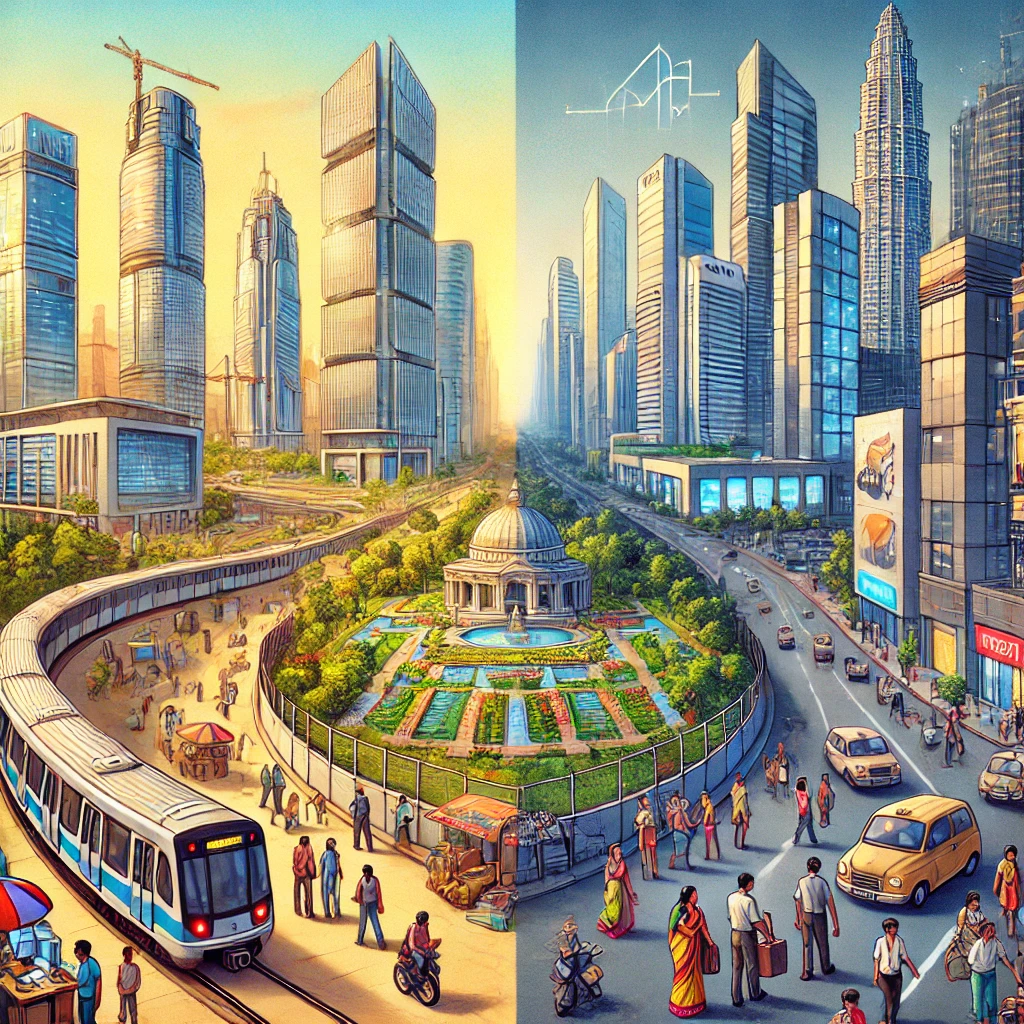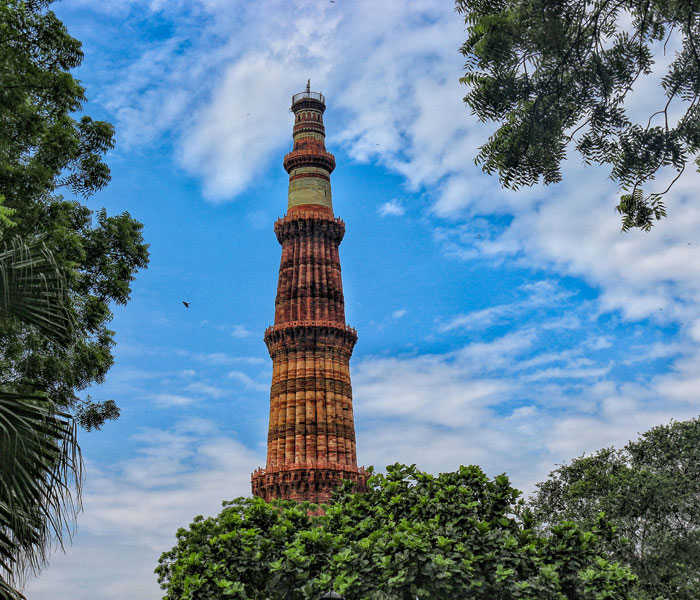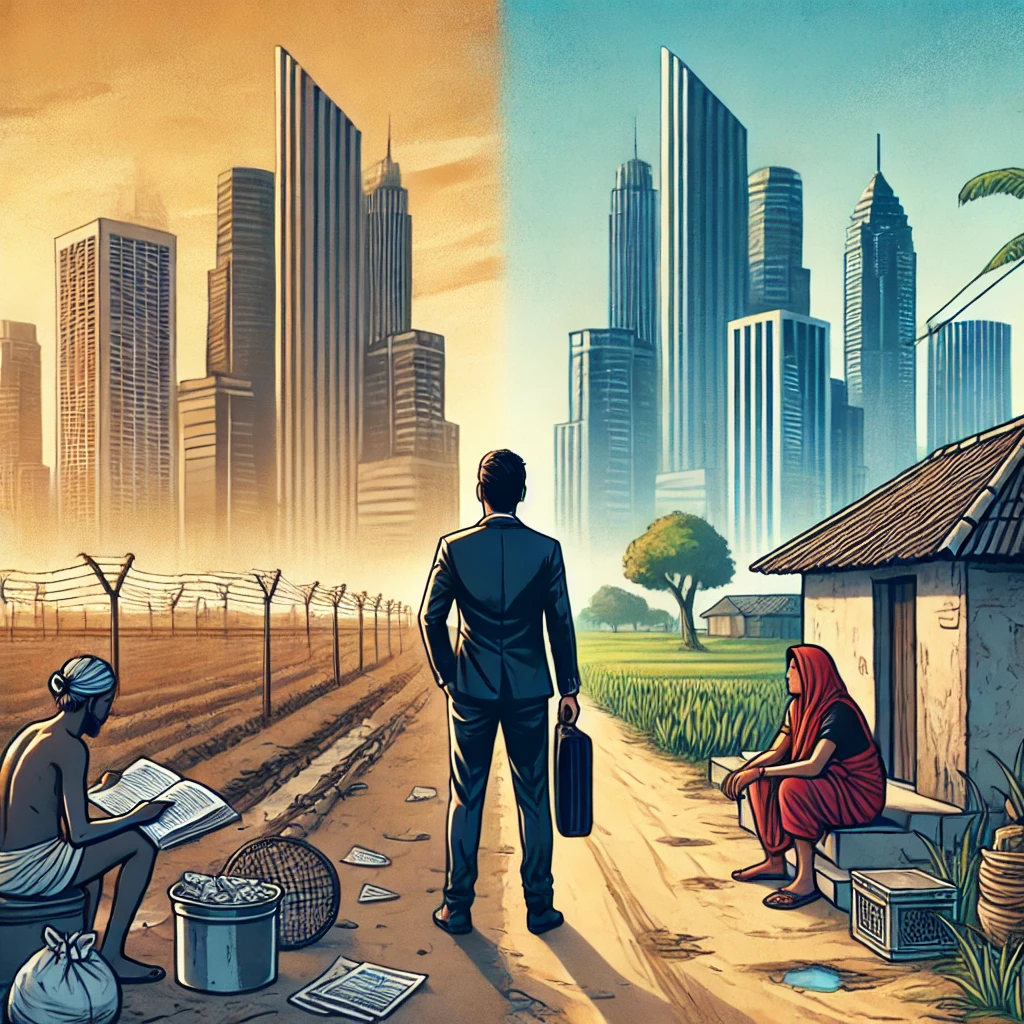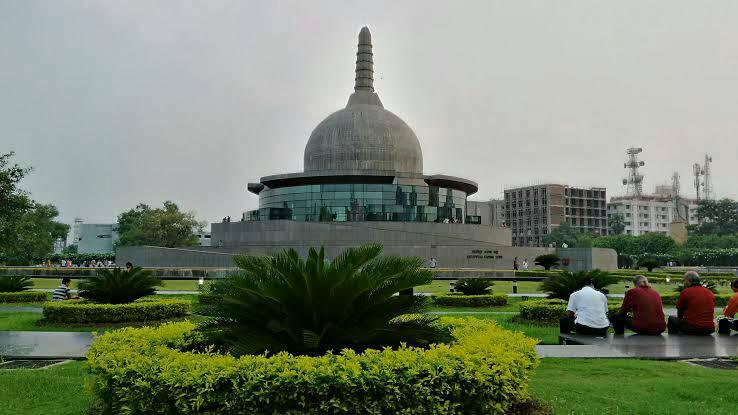Exchange Rates of US Dollar (USD) versus Indian Rupee (INR) from 1947 to 2022: A Historical Overview
The exchange rate between the US Dollar (USD) and the Indian Rupee (INR) has been a significant indicator of India's economic health and its integration into the global economy. Since India's independence in 1947, the INR-USD exchange rate has undergone numerous changes due to various economic policies, global events, and market dynamics. This article provides a comprehensive overview of the exchange rate trends between the USD and INR from 1947 to 2022, highlighting key periods and factors influencing these changes.
1947-1966: Fixed Exchange Rate Era
At the time of India's independence in 1947, the exchange rate was fixed at 1 USD to 1 INR. This parity was largely symbolic, reflecting the economic realities of the post-colonial period and the Bretton Woods system of fixed exchange rates. However, the Indian economy faced significant challenges, including a lack of industrialization, dependence on agriculture, and the need for substantial economic reforms.
In 1966, India devalued the rupee to 1 USD = 7.50 INR. This devaluation was part of a broader strategy to boost exports and address the balance of payments crisis. The move was influenced by India's growing trade deficit and the need for international financial assistance.
1966-1991: Controlled and Managed Exchange Rates
Post-1966, the Indian government adopted a controlled exchange rate system, where the value of the rupee was pegged to a basket of currencies of its major trading partners. This period saw gradual adjustments rather than abrupt devaluations.
The late 1970s and 1980s were characterized by moderate economic growth and recurring balance of payments issues. The exchange rate in the 1980s averaged around 1 USD = 12-17 INR. During this time, India continued to face foreign exchange shortages, leading to import restrictions and a focus on self-reliance.
1991: Economic Liberalization and Exchange Rate Reforms
The year 1991 marked a turning point for India's economy. Faced with a severe balance of payments crisis, India undertook significant economic reforms under the leadership of Prime Minister P.V. Narasimha Rao and Finance Minister Dr. Manmohan Singh. One of the key reforms was the liberalization of the exchange rate regime.
In July 1991, India moved towards a dual exchange rate system, and by March 1993, it adopted a unified market-determined exchange rate. This shift allowed market forces to play a larger role in determining the value of the rupee. Consequently, the exchange rate saw significant depreciation, moving from 1 USD = 17.90 INR in 1991 to around 1 USD = 31.37 INR by 1992.
1993-2000: Market-Determined Exchange Rate
Throughout the 1990s, India embraced globalization and economic liberalization, which included a more market-determined exchange rate system. This period saw the rupee fluctuating in response to market dynamics, international capital flows, and domestic economic policies.
By the end of the decade, the INR had further depreciated, with the exchange rate hovering around 1 USD = 44-46 INR. The depreciation was influenced by factors such as the Asian financial crisis (1997-1998) and India's efforts to integrate with the global economy through trade and investment liberalization.
2000-2010: Growth and Volatility
The first decade of the 21st century witnessed robust economic growth in India, driven by information technology, services, and manufacturing sectors. This period also saw significant volatility in the INR-USD exchange rate due to global economic events and domestic developments.
In the early 2000s, the exchange rate stabilized around 1 USD = 45-50 INR. However, the global financial crisis of 2008 had a profound impact, causing the rupee to depreciate sharply. By the end of 2008, the exchange rate had reached around 1 USD = 50 INR, reflecting the global economic turmoil and capital flight to safe-haven currencies like the USD.
2010-2020: Economic Challenges and Fluctuations
The second decade of the 21st century was marked by several economic challenges for India, including slowing GDP growth, high inflation, and fiscal deficits. These factors, combined with global economic uncertainties, influenced the INR-USD exchange rate.
During this period, the rupee experienced significant fluctuations. By 2013, the exchange rate had depreciated to around 1 USD = 68 INR, driven by concerns over India's current account deficit and the tapering of the US Federal Reserve's quantitative easing program. In subsequent years, the exchange rate continued to fluctuate within the range of 1 USD = 60-75 INR, reflecting both domestic economic policies and global market conditions.
2020-2022: Pandemic Impact and Recovery
The COVID-19 pandemic, which began in late 2019 and escalated in 2020, had a profound impact on global economies, including India. The pandemic-induced economic slowdown, coupled with fiscal and monetary measures to mitigate its impact, influenced the exchange rate dynamics.
In 2020, the exchange rate reached around 1 USD = 75-77 INR, as the rupee faced pressure due to capital outflows, reduced economic activity, and a decline in export revenues. However, as the global economy began to recover and India implemented vaccination drives and economic stimulus measures, the exchange rate showed signs of stabilization.
By the end of 2022, the exchange rate was around 1 USD = 73-75 INR, reflecting a cautious recovery in the Indian economy and ongoing global economic uncertainties.
Key Factors Influencing the INR-USD Exchange Rate
Several factors have influenced the INR-USD exchange rate over the decades:
- Economic Policies: Government policies, including trade liberalization, economic reforms, and fiscal measures, have played a significant role in shaping the exchange rate.
- Balance of Payments: Trade deficits, capital flows, and foreign exchange reserves have directly impacted the value of the rupee.
- Inflation Rates: Differences in inflation rates between India and the US have influenced the exchange rate, with higher inflation in India often leading to rupee depreciation.
- Global Economic Events: Events such as the Asian financial crisis, the global financial crisis, and the COVID-19 pandemic have caused significant volatility in the exchange rate.
- Interest Rates: Interest rate differentials between India and the US have affected capital flows and exchange rate movements.
- Political Stability: Political events and stability in India have also influenced investor confidence and, consequently, the exchange rate.
Conclusion
The exchange rate between the US Dollar and the Indian Rupee has undergone significant changes from 1947 to 2022, reflecting India's economic journey from a post-colonial, controlled economy to a liberalized, market-driven one. The fluctuations in the exchange rate have been influenced by a complex interplay of domestic policies, global economic events, and market dynamics. Understanding this historical context provides valuable insights into the factors shaping the exchange rate and the broader economic landscape of India. As India continues to navigate its economic path, the INR-USD exchange rate will remain a critical barometer of its economic health and global integration.




























